Madhubani Painting, also known as Mithila Painting, is a traditional folk art form originating from the Mithila region of Bihar and Nepal in India. Characterized by its bold, linear drawings, vibrant natural colors, and themes rooted in mythology, nature, and daily life, Madhubani painting is traditionally practiced by women and historically adorned the walls of homes, especially during festivals and ceremonies. This art form, passed down through generations, has evolved from a domestic ritual to a recognized and celebrated art form, both nationally and internationally, representing the rich cultural heritage of Mithila.
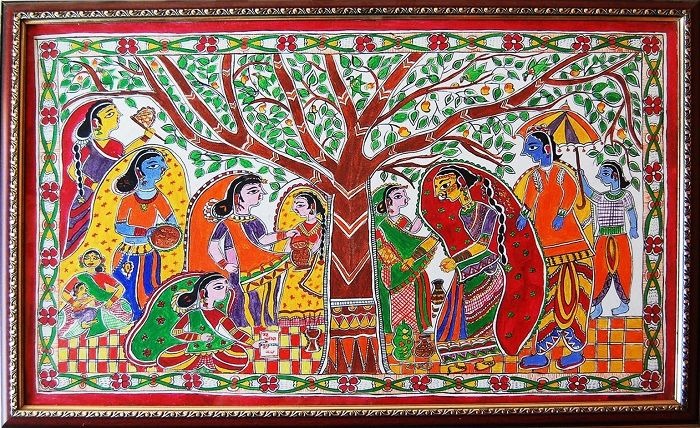
Origins and Traditional Practice:
Madhubani painting has ancient roots, with some scholars tracing its origins back centuries. Traditionally, it was a domestic art form, practiced by women of various communities in the Mithila region.
- Wall Painting Tradition: Historically, Madhubani paintings were primarily created on freshly plastered mud walls of homes. Women would paint murals on walls to decorate their houses for festivals, religious ceremonies (like weddings and upanayana), and special occasions.
- Ritualistic and Symbolic Significance: Madhubani paintings are not merely decorative; they are deeply imbued with ritualistic and symbolic meaning. The themes and motifs often relate to auspiciousness, prosperity, fertility, and divine blessings.
- Community Art and Transmission: Madhubani painting skills were traditionally passed down within families and communities of women, from mothers to daughters, ensuring the continuity of the art form across generations.
Techniques and Materials:
Traditional Madhubani painting utilizes simple, natural materials and techniques:
- Natural Pigments: Colors are derived from natural sources – plants, minerals, and soot. For example, black from soot, yellow from turmeric or pollen, blue from indigo, red from sandalwood or kusum flower, and white from rice powder.
- Bamboo Sticks and Brushes: Paintings are typically created using fingers, twigs, brushes made from bamboo splints, and matchsticks. Fine lines are drawn with bamboo sticks, while broader areas are filled with brushes.
- Paper and Cloth (Modern Mediums): While traditionally done on walls, Madhubani painting is now also practiced on paper, cloth, and canvas, making it more accessible and commercially viable.
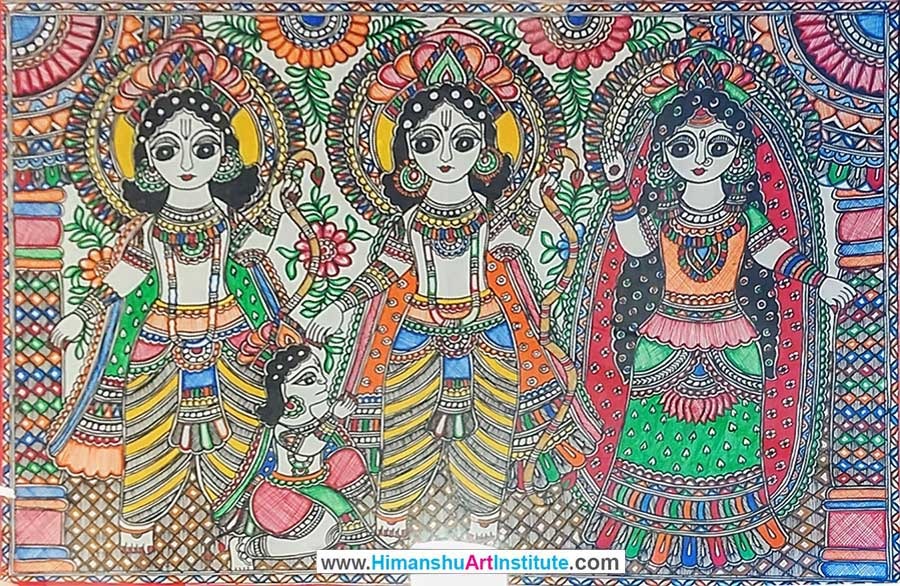
Styles of Madhubani Painting:
Over time, distinct styles within Madhubani painting have emerged, often associated with different communities and regions within Mithila. Broadly, these styles can be categorized as:
- Kachni (Line Drawing) Style: Characterized by fine, linear drawings in black and white or with minimal colors. Emphasizes intricate line work and delicate detailing.
- Bharni (Color Filled) Style: Involves filling in the outlined figures with vibrant colors. Figures are often boldly colored, and outlines are distinct.
- Godna (Tattoo) Style: Inspired by traditional tattoo patterns (godna), this style features linear patterns and motifs, often in monochrome or limited colors.
- Kohbar Style: Specifically related to wedding rituals and depicting kohbar ghar (nuptial chamber), this style often includes symbolic and tantric motifs associated with marriage, fertility, and union.
- Tantrik Style: Features more complex and symbolic motifs derived from Tantric traditions, often related to deities, cosmology, and spiritual concepts.
In contemporary practice, these stylistic distinctions are not always rigidly maintained, and artists may blend elements from different styles.
Themes and Motifs:
Madhubani paintings traditionally depict a rich repertoire of themes and motifs, rooted in mythology, nature, and social life:
- Hindu Deities and Mythology: Deities like Rama, Sita, Krishna, Radha, Shiva, Durga, Lakshmi, and Saraswati, along with scenes from Hindu epics (Ramayana, Mahabharata, Puranas), are frequently depicted.
- Nature and Animals: Nature motifs, including sun, moon, stars, trees, plants, flowers, birds, fish, elephants, horses, and other animals, are common, reflecting the close connection between people and their environment.
- Social Scenes and Daily Life: Paintings also depict scenes from everyday life, such as village life, agriculture, festivals, ceremonies, and social customs, providing glimpses into Mithila society.
- Symbolic Motifs: Various symbolic motifs are used, representing auspiciousness, fertility, prosperity, and well-being. Examples include fish (fertility), elephants (royalty and good luck), turtles (longevity), and floral and geometric patterns.
Evolution and Modern Context:
Madhubani painting, initially a domestic art, transitioned into a recognized art form in the 20th century, particularly after the 1934 Bihar earthquake when paintings on walls were rediscovered by officials.
- Commercialization and New Mediums: From the 1960s onwards, Madhubani painting started to be transferred onto paper and cloth for commercial purposes, providing economic opportunities for women artists and making the art form accessible to a wider audience.
- Recognition and Awards: Madhubani artists have gained national and international recognition, receiving prestigious awards and showcasing their art in exhibitions worldwide. Notable artists like Sita Devi, Ganga Devi, and Mahasundari Devi have played a significant role in promoting Madhubani art.
- Contemporary Themes and Innovation: While traditional themes continue to be popular, contemporary Madhubani artists are also exploring new themes, including social issues, contemporary events, and abstract designs, while retaining the distinctive style and techniques of the art form.
- Cultural Identity and Empowerment: Madhubani painting has become a powerful symbol of Mithila’s cultural identity and has played a role in the economic and social empowerment of women in the region.
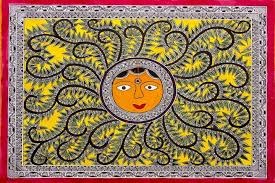
Significance and Legacy:
Madhubani Painting is a significant and vibrant folk art tradition of India.
- Folk Art Heritage: It represents a rich and living tradition of folk art, passed down through generations of women in Mithila, showcasing indigenous artistic skills and cultural expressions.
- Cultural Identity of Mithila: Madhubani painting is deeply intertwined with the cultural identity of the Mithila region, reflecting its myths, traditions, and social customs.
- Women’s Art and Empowerment: Traditionally practiced by women, Madhubani painting has become a symbol of women’s artistic creativity and has contributed to their economic and social empowerment.
- Artistic Distinctiveness: Its bold lines, vibrant colors, and symbolic motifs give Madhubani painting a unique and recognizable visual identity.
- Contemporary Relevance: Madhubani art continues to evolve and adapt to contemporary contexts, remaining a relevant and dynamic art form in the 21st century.
Madhubani Painting stands as a testament to the enduring power of folk art traditions, showcasing the creativity, skill, and cultural richness of rural India and the artistic contributions of women in preserving and innovating traditional art forms.


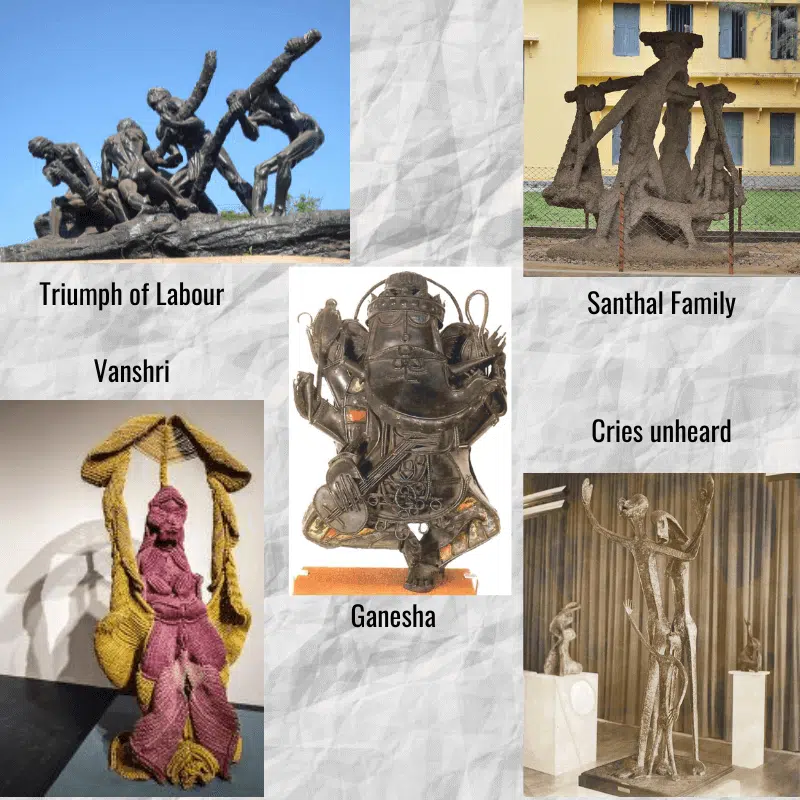
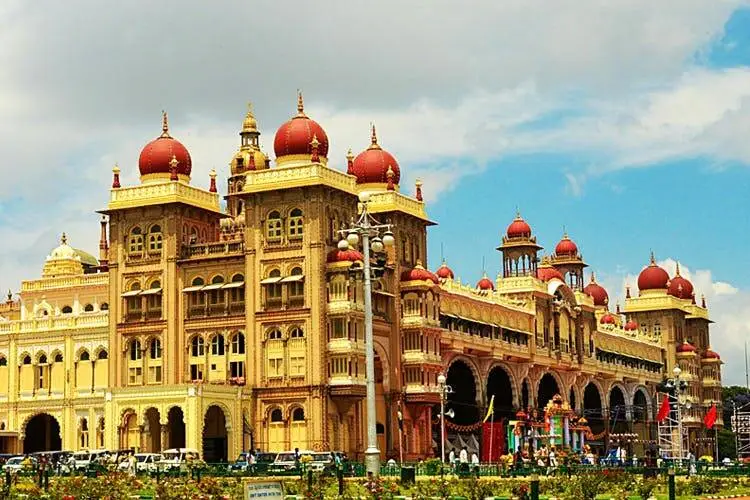
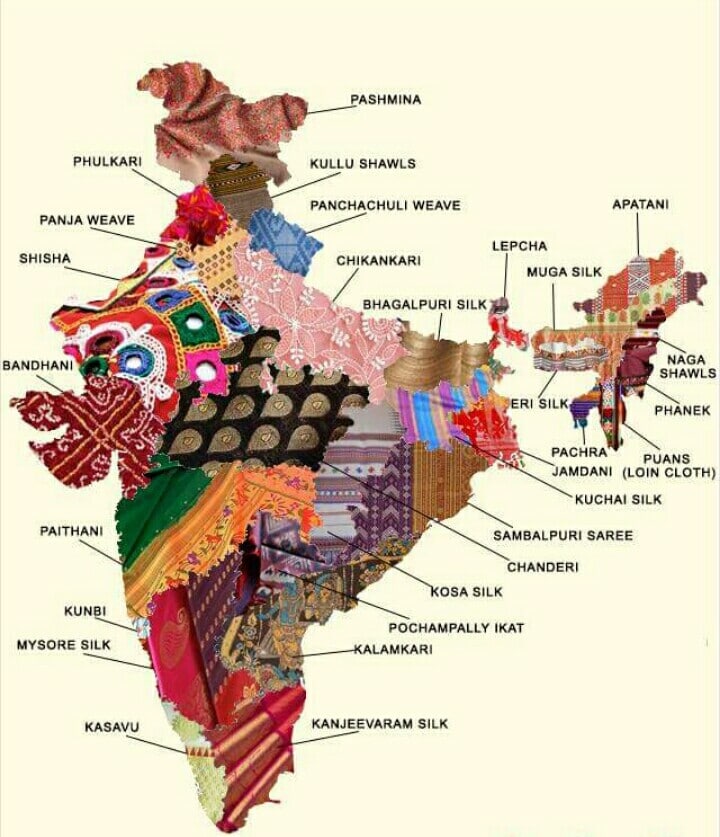
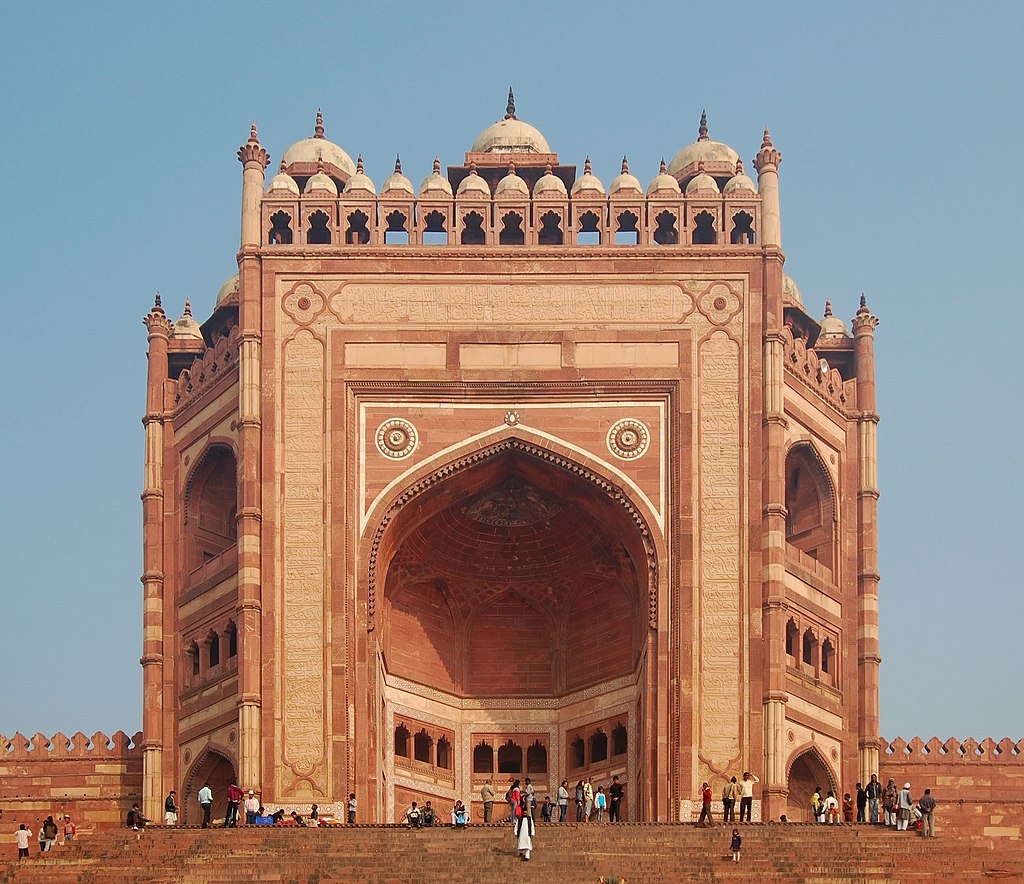
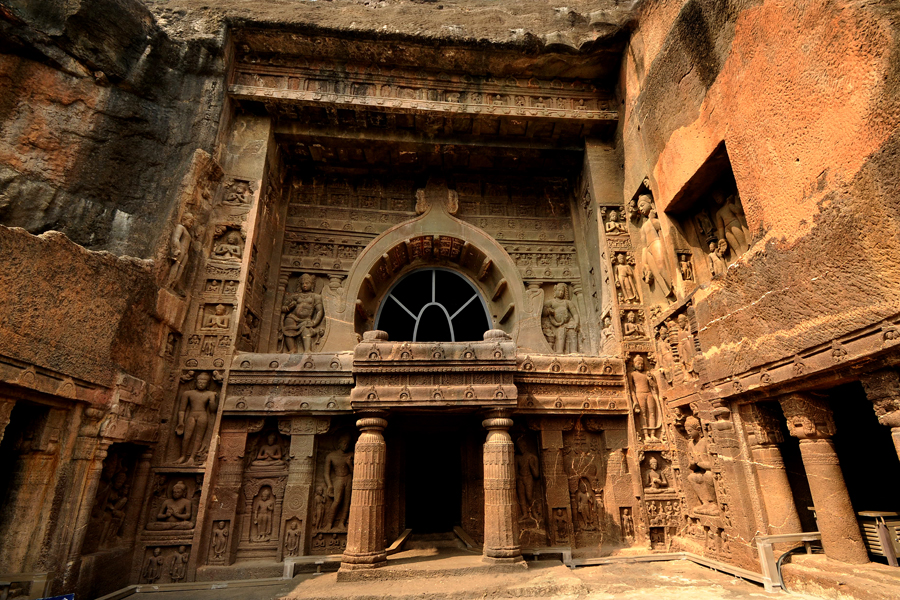

Leave feedback about this